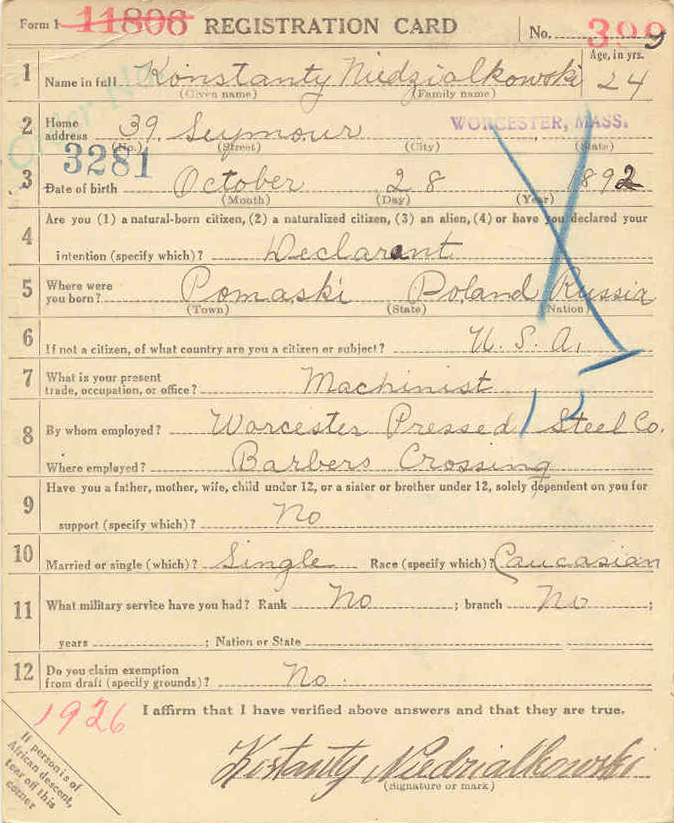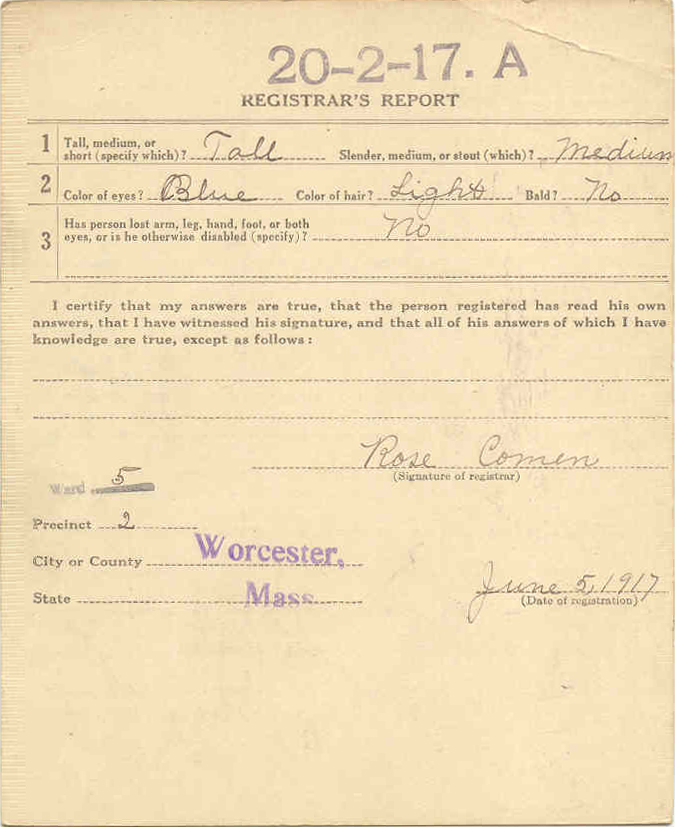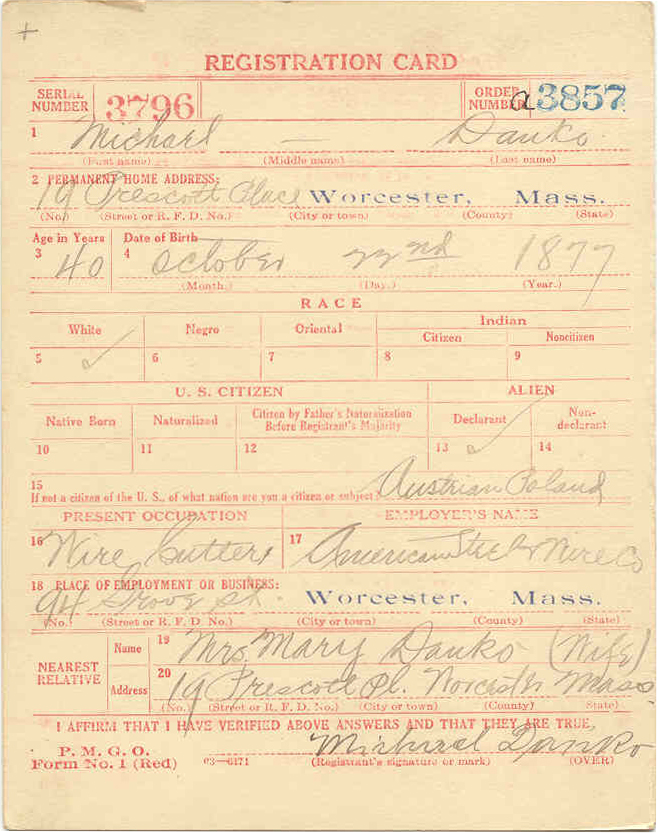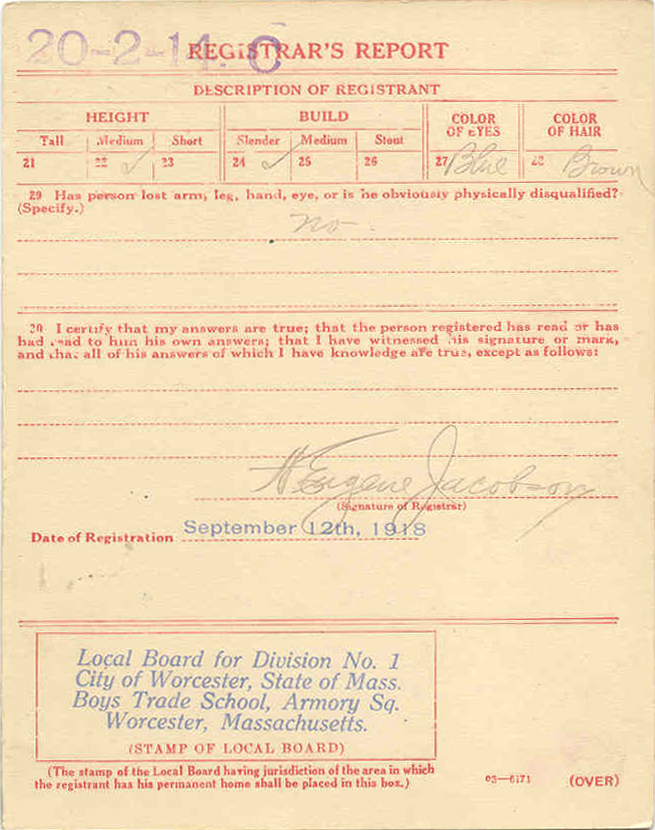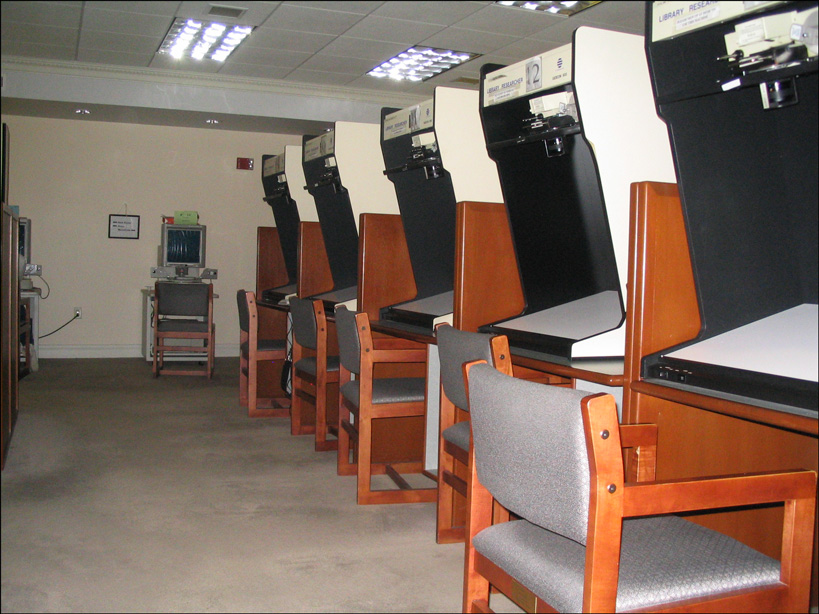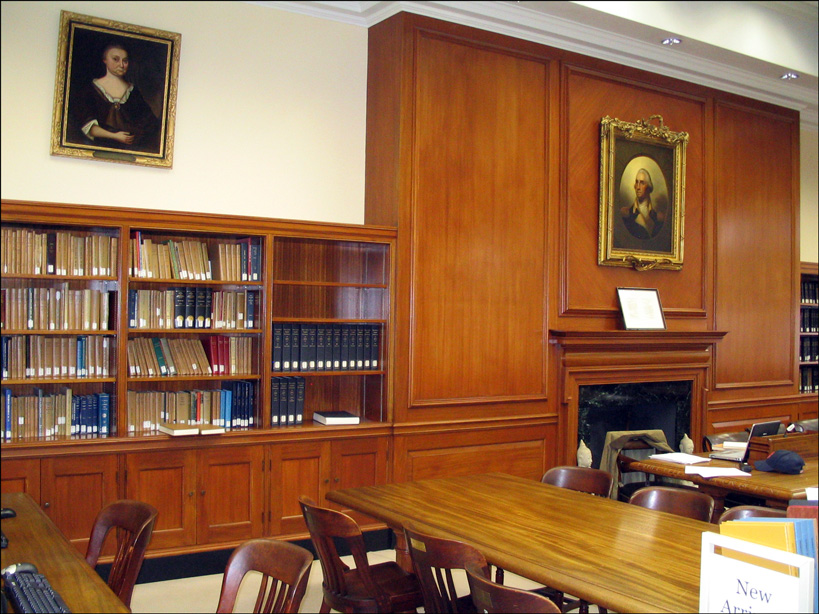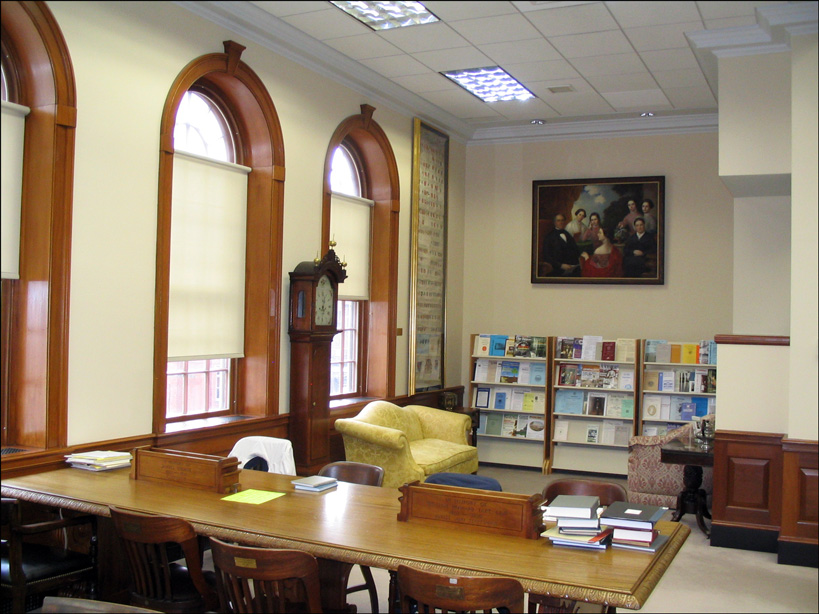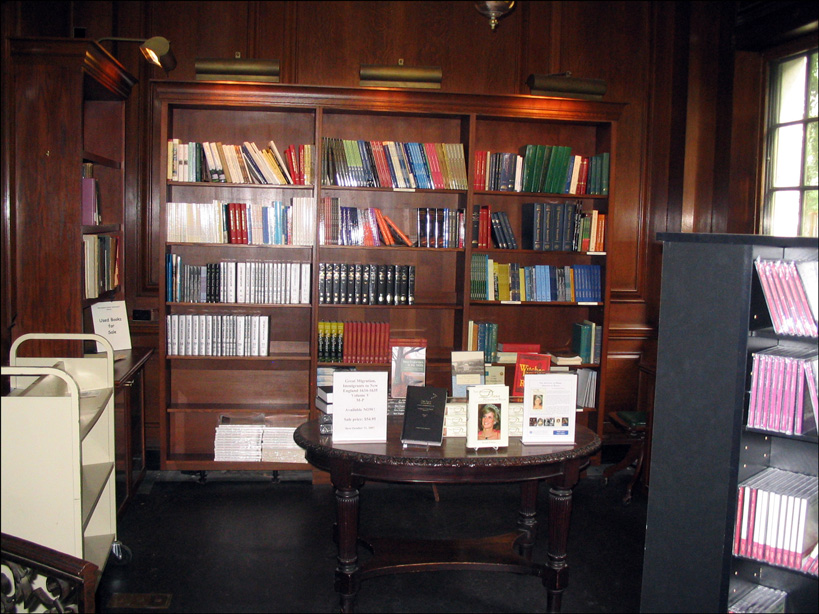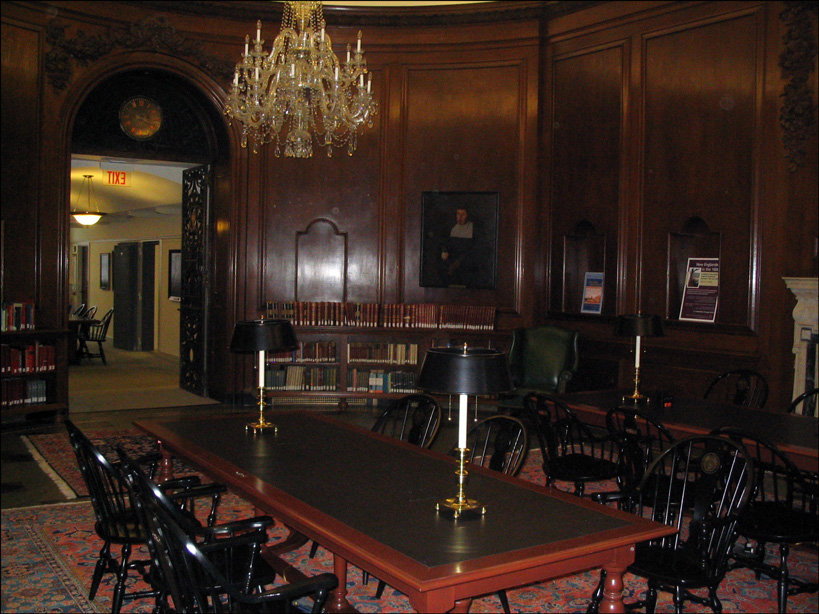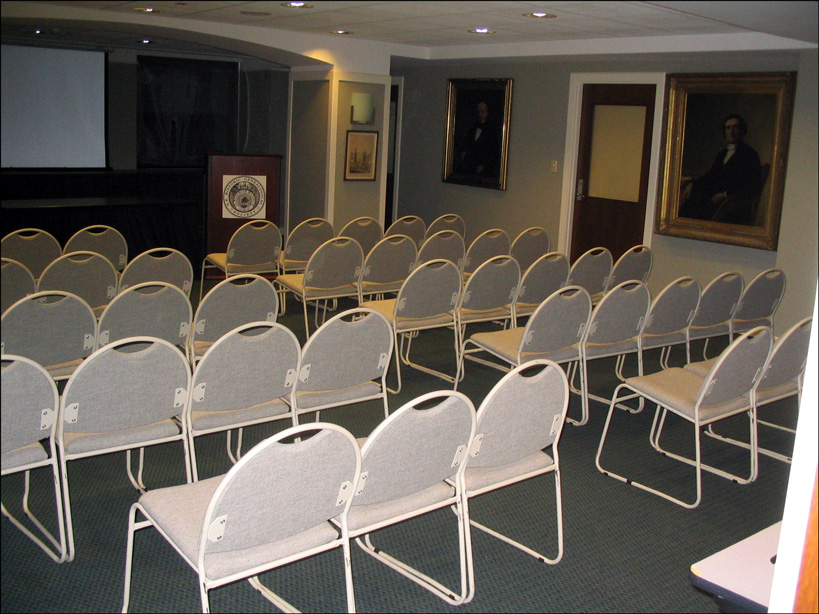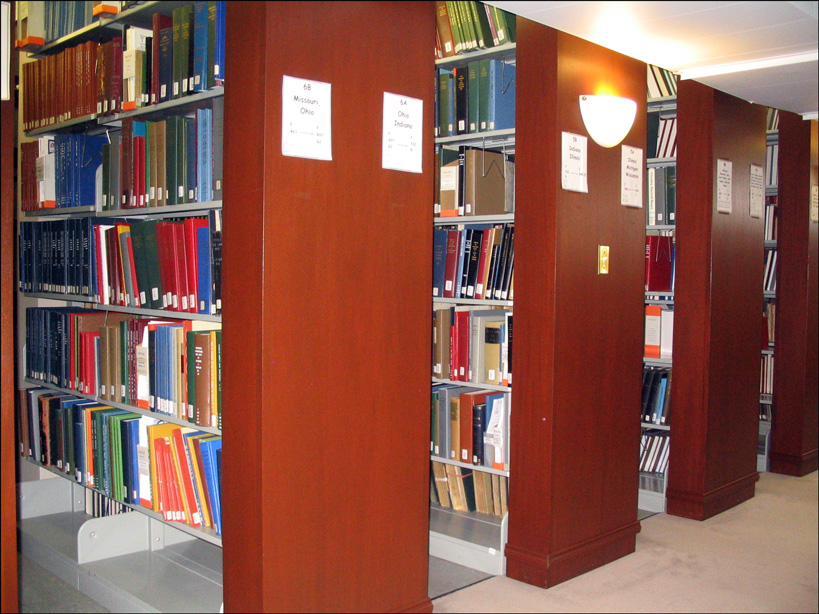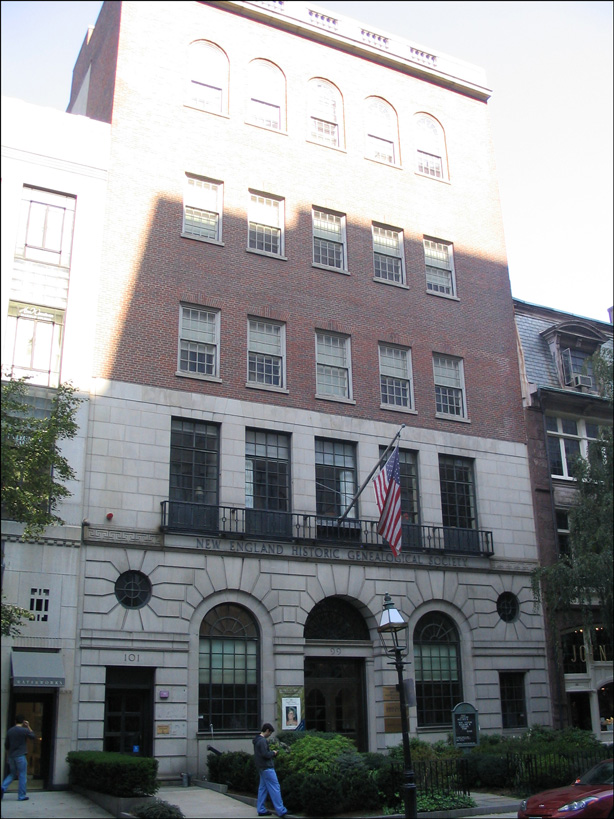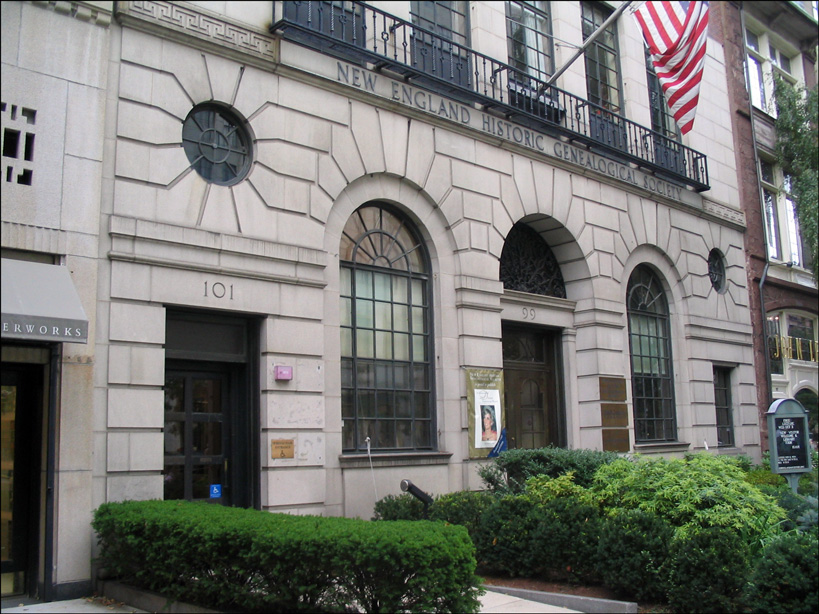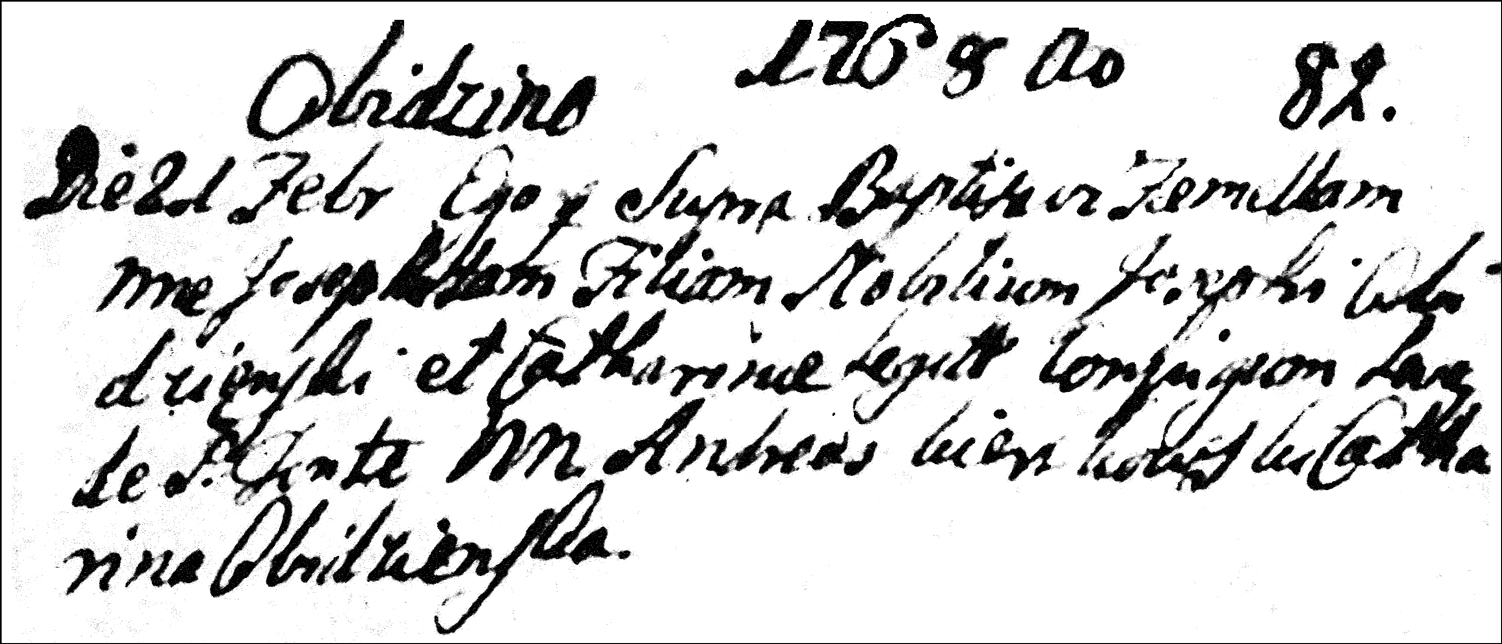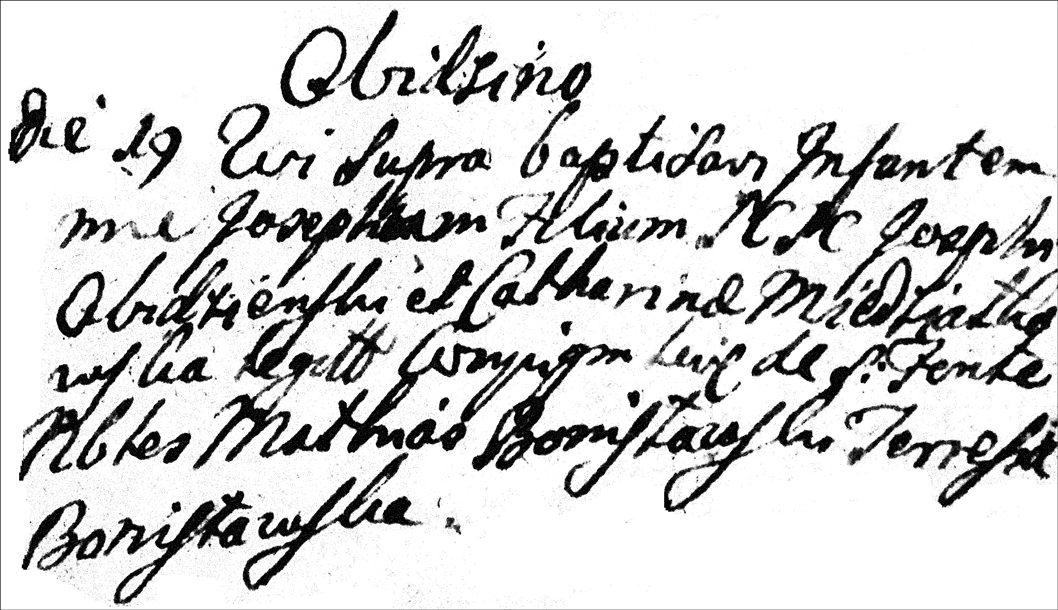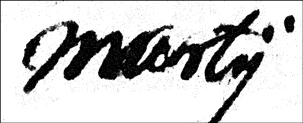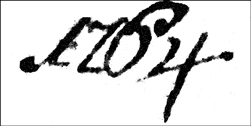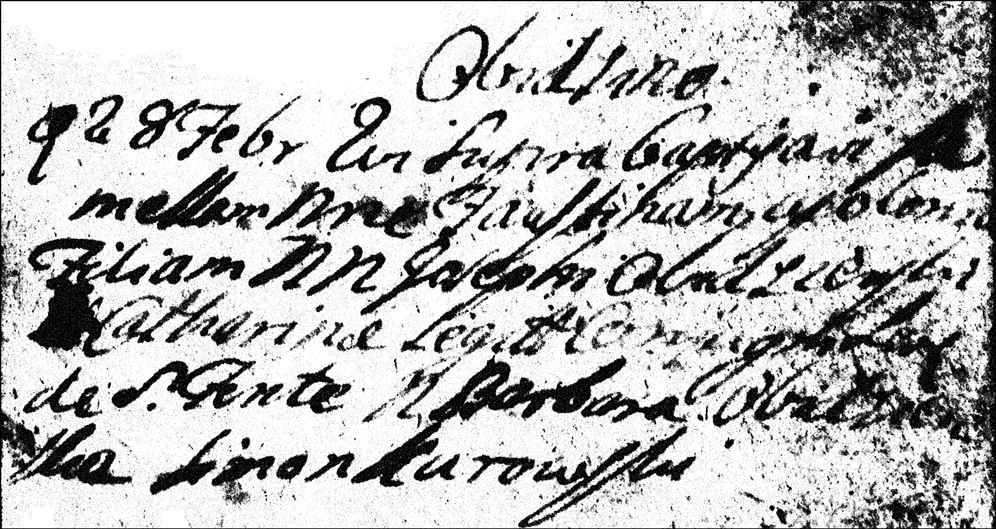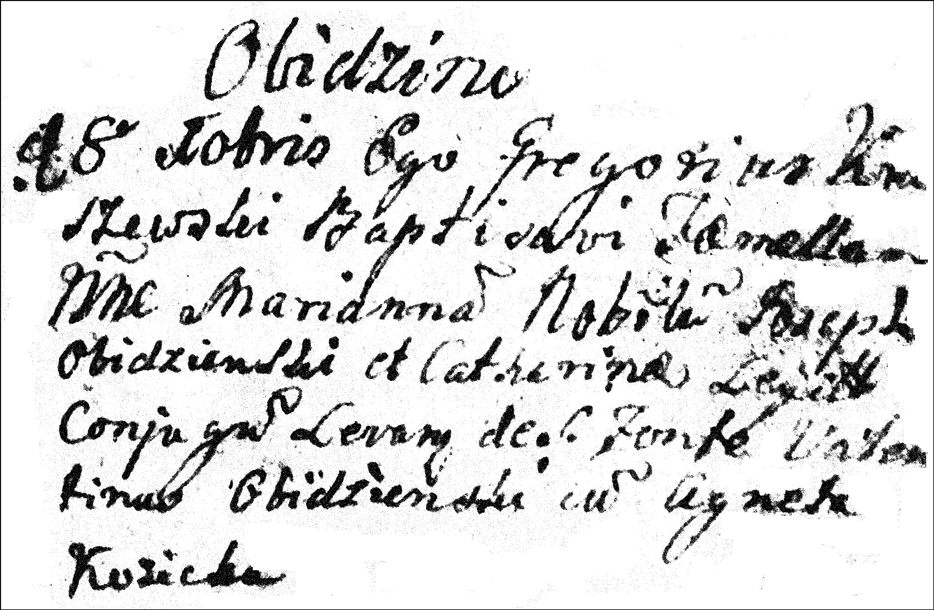At the same time I received a color copy of my paternal grandfather’s World War I Draft Registration Card, I received the color digital image of my maternal grandfather’s card:
Click on the link for a PDF Copy of the World War I Draft Registration Card for Konstanty Niedzialkowski.
Notice that this registration card is different than the card my grandfather, Michael Danko, completed. Michael Danko registered for the draft on 12 September 1918, while Konstanty Niedzialkowski registered on 05 June 1917. In addition to these two registrations, there was also a registration held on 05 July 1918. Different cards were used for the three registrations.
The date on which each man registered was determined by his date of birth.
In this record, my grandfather spelled his first name Konstanty, which is the correct spelling in Polish. Most of the rest of his life, he spelled his name Kostanty. I don’t know why he dropped the letter “n” from his first name. The only other spelling he used was Konstanti; this spelling appeared in both his passenger departure manifest from Rotterdam and his passenger arrival manifest at Ellis Island. His name was certainly not changed at Ellis Island.
After I posted Michael Danko’s WWI Draft Registration card yesterday, my friend Cindy in Georgia wrote to tell me:
Did you know that all the WWI draft registration cards are in the National Archives here in Georgia? They actually bring out the boxes and let you thumb through the actual cards.
Sounds to me like a good reason to visit Georgia!
Copyright © 2007 by Stephen J. Danko

